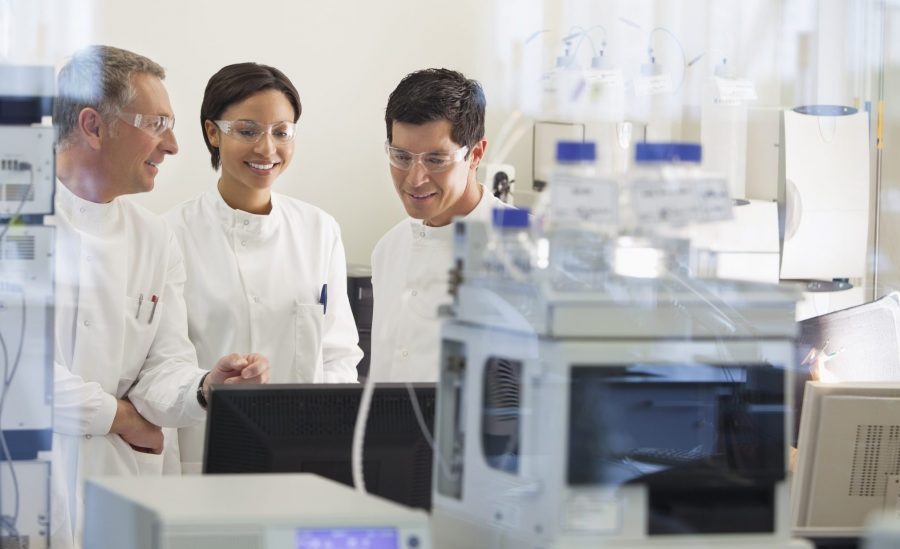
biocrates blog
Applications of metabolomics
Metabolic effects of anti-TNF α therapy
Anti-TNF α therapy in Crohn´s Disease improves liver steatosis through changes in gut bacteria and triglycerides.
Metabotypes applied to dairy production
Metabotypes help categorize dairy cows with different lactation yields
MetaboINDICATOR™
Pharmacometabolomics provides biomarkers for precision medicine
A combination of various technologies in pharmacometabolomics enables biomarker discovery for prediction of drug responses of individual patients.
Distinct metabolic alterations in cancer- and chemotherapy-induced cachexia
Cancer in comparison to chemotherapy cause distinct metabolic perturbations, which both lead to the development and progression of cachexia characterized by extreme weight loss and muscle wasting.
How different sports shape the blood metabolome
The metabolome differentiates athlete phenotypes
Effect of proton pump inhibitor use on development of cardiovascular diseases
Population-based cohort study reveals link between proton pump inhibitor intake and increasing risk for cardiovascular events.
Irritable bowel syndrome linked to distinct metabolic profile
A metabolic pattern of patients with irritable bowel syndrome (IBS) was identified, providing the key to non-invasive IBS diagnostics.
Dyslipidemia contributes to cardiac autonomic neuropathy in type 2 diabetes
Cardiac autonomic neuropathy is linked to perturbations of the lipid metabolism specifically in Type 2 Diabetes.
Using MxP® Quant 500 kit with Agilent 6495C TQ LC/MS systems
Using biocrates MxP® Quant 500 kit for broad metabolic profiling with the Agilent 6495C triple quadrupole LC/MS system










